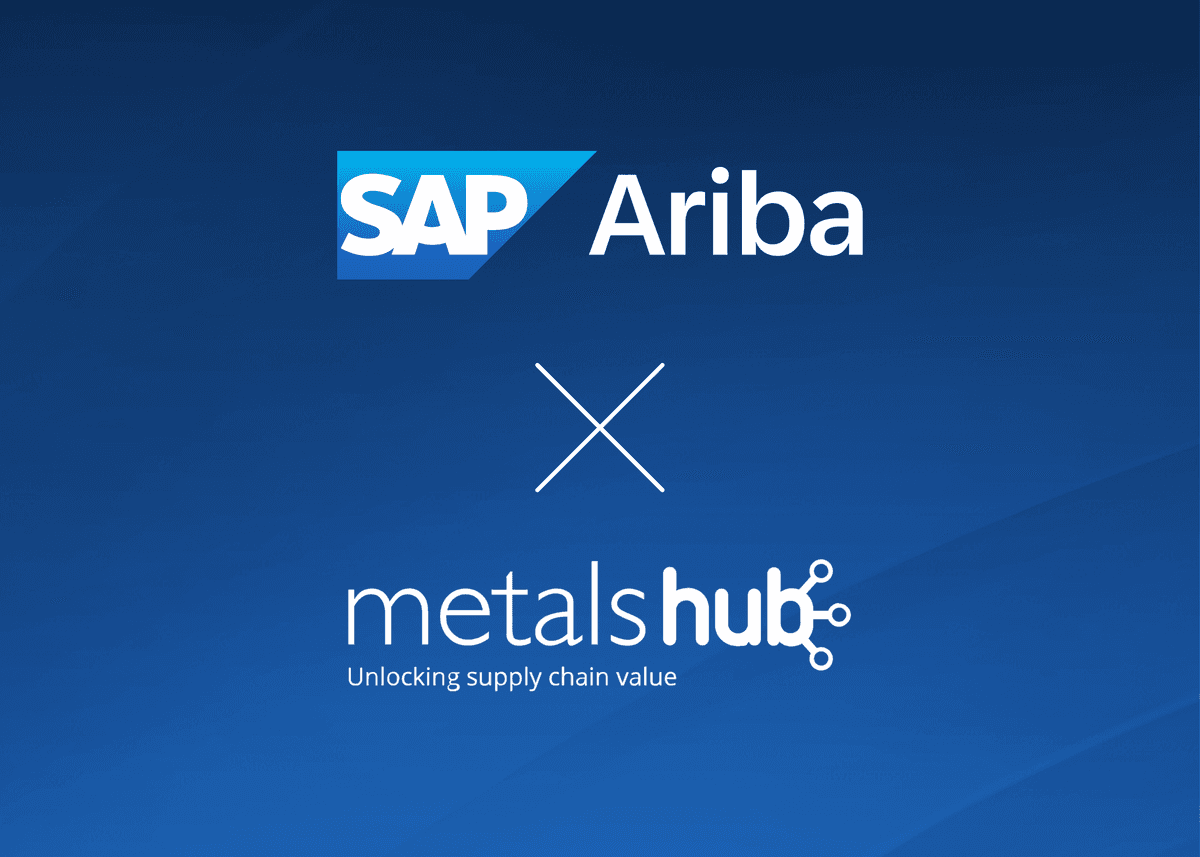Iron & Steel
Aluminium
Copper
India’s Scrap Boom: Why 2025–2030 Will Be a Seller’s Market
Published on
Share Post

Iron & Steel
Aluminium
Copper
Written bySamir Jaber
Published on
Share Post

Index
India is entering a new era of scrap consumption. Driven by green steel ambitions and electric arc furnace (EAF) expansion, the country is set to become the world’s most important growth market for ferrous and non-ferrous scrap.
For global suppliers, the message is clear: between now and 2030, India will need to import up to 30 million tonnes of scrap per year. That demand surge makes India not just a large buyer, but a strategic one.
In this blog, we break down why India is heading toward a scrap boom, what’s behind the growth, and what exporters need to know before entering the market.

India imported 11.7 million tonnes of steel scrap in 2023, up 40% from the previous year. Even after a temporary pullback in 2024 due to oversupply and regulatory tightening, the structural trend remains unchanged.
By 2030:
According to the Material Recycling Association of India (MRAI), total scrap demand could reach 65 million tonnes annually by 2030. With domestic generation expected to supply only half of that, imports will remain critical.
India’s steelmakers are shifting from blast furnace production to lower-carbon EAF routes. This shift is being driven by:
Scrap is central to this transition. It is the primary feedstock for EAFs and emits significantly less CO₂ per tonne of steel produced.
India’s infrastructure expansion—roads, housing, energy—continues to drive steel demand. Scrap helps meet this demand with shorter lead times and lower input costs, making it attractive to both primary and secondary steelmakers.
To support the industry’s shift, India has lowered duties on key non-ferrous scrap types and maintained a 0% duty on iron and steel scrap. This policy stance has created a more accessible, open environment for foreign suppliers.
India’s scrap import market is not typically dominated by a few players. It is:
This fragmentation presents opportunity and risk. It gives exporters a wide customer base but makes it harder to identify credible buyers without the right tools or local insight.

Despite the demand, entering India is not easy. Exporters face two persistent challenges:
With thousands of buyers, many small or mid-sized, verifying who is reliable can be difficult. Common issues include:
Due diligence is essential. Before sending a shipment, exporters must check trade references, customer registration, and import track records.
India’s import rules are strict, especially on safety and quality. Common pitfalls include:
Even one mistake can result in customs delays, demurrage, or re-export of cargo. Scrap suppliers must understand:
India’s domestic scrap generation is growing but still falls short of what its steel sector requires. By 2030, the country may consume up to 65 million tonnes of scrap annually, yet domestic supply will cover only a portion of that. This means 20 to 30 million tonnes of imports will be needed every year. For exporters, this creates a predictable, structural opportunity that will persist for the long term.
The Indian government is actively promoting the shift to electric arc furnace (EAF) steelmaking and aims to increase the share of scrap in production to 50% by 2030, up from around 15% today. Scrap is now considered essential to India’s climate and resource-efficiency goals, not just a cost-saving alternative. This alignment between industrial demand and national policy adds long-term stability to the market.
While ferrous scrap dominates import volumes, India is also a major and growing consumer of non-ferrous scrap, including aluminium, copper, and zinc. These materials feed into sectors such as automotive, electrical equipment, electronics, and renewable energy, all of which are expanding rapidly. The diversity of end-use industries provides additional demand anchors for exporters outside the steel value chain.
India’s major seaports, like Mundra, Nhava Sheva, Chennai, and Hazira, have invested in better customs clearance systems, radiation scanning infrastructure, and container handling capacity. This has led to faster turnaround times and lower clearance risks, especially for scrap consignments. As the logistics ecosystem matures, it becomes easier for exporters to manage Indian shipments with confidence.
Indian buyers are evolving from spot-driven, informal transactions to more structured, professional procurement. Many now use benchmark-linked pricing, insist on clear specifications, and transact through digital platforms. This shift makes it easier for reputable exporters to engage with serious buyers, build long-term partnerships, and operate at scale.

To succeed in India, scrap exporters need to:
One way exporters are navigating this complexity is by using digital trading platforms like Metalshub.
Metalshub allows scrap sellers to:
This digitised workflow reduces friction, cuts time-to-deal, and lowers exposure to bad actors.

The idea that India is a future growth opportunity is outdated. The growth is happening now, and suppliers who build relationships and understand the rules early will be positioned to benefit most as demand accelerates.
The fundamentals are strong. The policy support is clear. And the customer base is active.
Start by understanding the two key challenges: finding trustworthy buyers and navigating India’s import rules.
We’ve created a detailed whitepaper to guide scrap exporters through:
Newsletter
insights



